What is the reason for the insufficient extraction of hand-brewed coffee? how to solve the root cause of the problem?
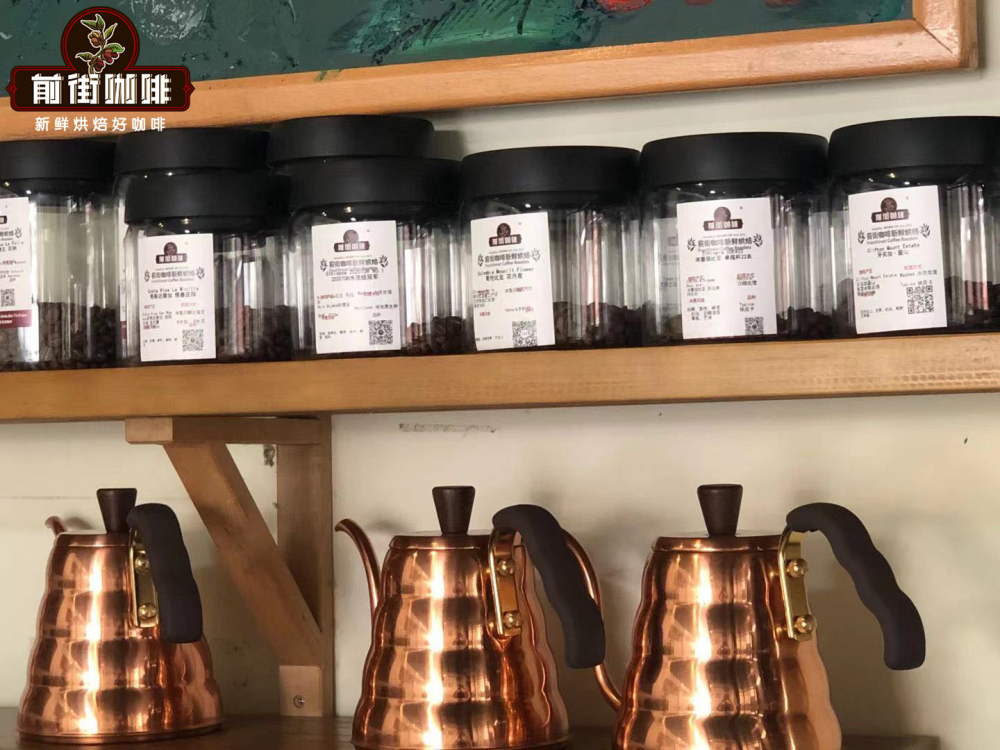
What could be better than starting a day with a good cup of coffee? When I first made my own coffee, I was afraid that the coffee would become very bitter and difficult to swallow, so I chose the second best and poured out a cup of coffee as light as water. After drinking this kind of coffee for a long time, I really lost my opponent's desire to make coffee. Therefore, if you want to drink a good cup of coffee, the basic knowledge of hand-made coffee is essential.
Gold cup extraction theory is a theory that many coffee lovers know but do not know much about. According to the SCAA golden cup criterion, the optimum extraction range of coffee is between 18% and 22%, and the best concentration is between 1.15% and 1.35%. But the taste is very subjective, not everyone likes coffee that meets the golden cup criteria, which is just a reference.
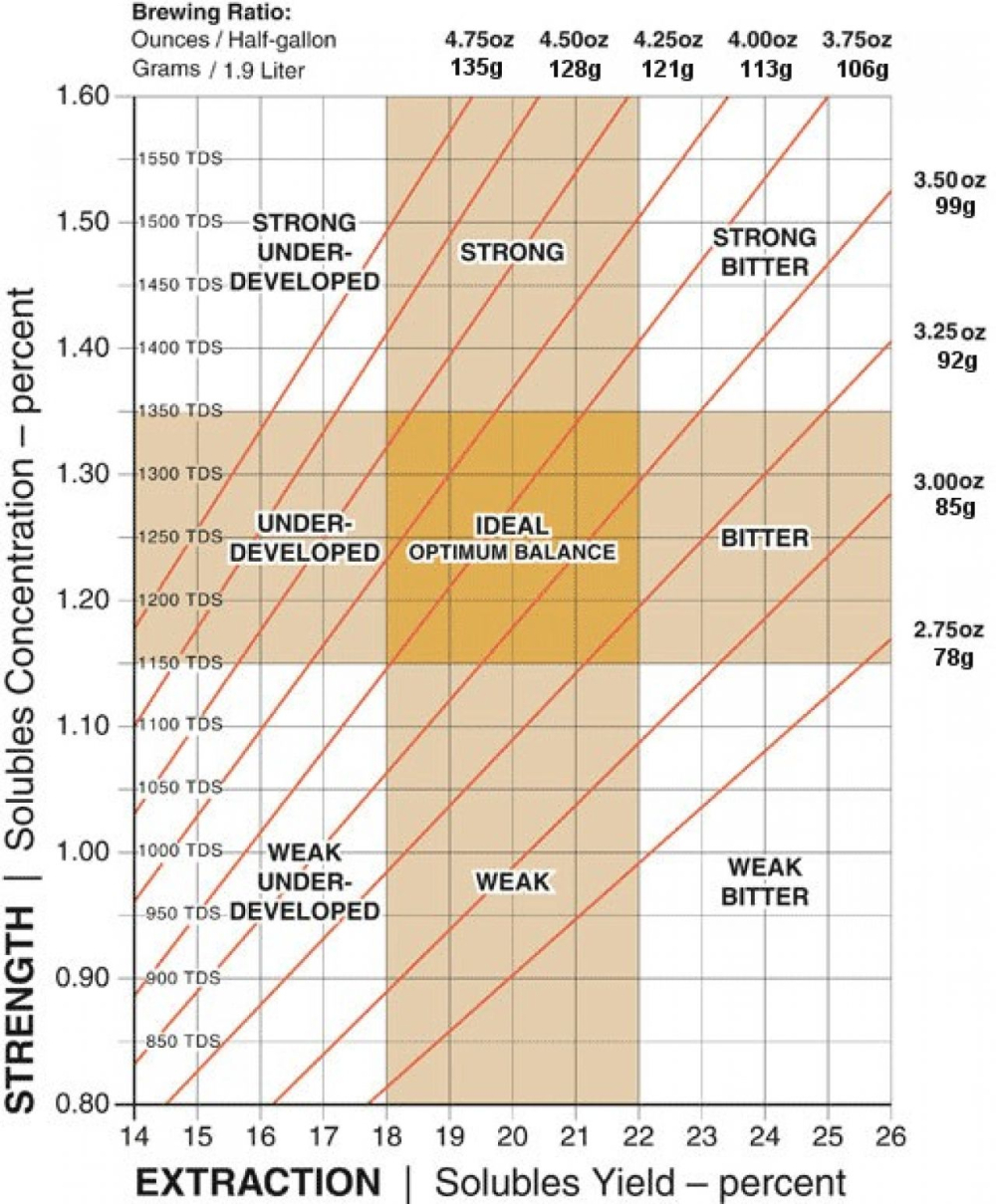
Before we begin to explain the reasons for the lack of extraction, Qianjie would like to take you through the process of making a cup of hand-made coffee. Take the Sakuran 5.0 on the Qianjie coffee bean list as an example. According to the usual practice, you need to know the information behind this hand-brewed coffee bean:
Huakui 5.0 is a kind of sun-dried coffee beans from Humbelazi producing area in Sidamo, Ethiopia. Sidamo is one of the main producing areas of boutique coffee beans in Ethiopia, where it is grown between 1900 and 2200 meters above sea level. Sun-cured Sidamo coffee beans are more famous than water-washed beans. Coffee lovers often use water to wash Yega Sheffield coffee and sun Sidamo coffee to compare.
And Huakui Coffee Bean won the championship of the TOH raw bean competition in 2017. This coffee bean was introduced by lifelong bean merchants in Beijing, China. African coffee beans are named after producing areas and processing stations. Because of the outstanding flavor of this coffee bean and the high expectations of raw bean merchants, it is named "Sakuran", implying the first of all flowers. In the same year, in the Chinese division of the World Coffee Brewing Competition, contestant Li Jianfei beat several contestants with the same batch of Huakui coffee beans and finally won the second place in many coffee competitions in Rosa coffee beans. Since then, the naming format of Sakuran is named according to the year, and when it comes to the production season of 2021, it will of course be Sakui 5.0.

Qianjie Coffee Ethiopia Sidamo Sakuran 5.0
Producing area: Sidamo producing area of Ethiopia
Processing plant: Buku Able
Altitude: 2350 m
Variety: native species
Treatment method: solarization treatment
Qianjie in the brewing of this Huakui 5.0 takes into account that the baking degree of coffee beans is relatively shallow, while the dissolution rate of substances in light roasted coffee beans is slower, so higher water temperature will be used to speed up the dissolution of the matter. and the finer grinding degree increases the contact area between coffee powder particles and water. At the same time, in order to avoid excessive extraction due to slow flow rate, faster filter cups, such as Hario's V60 filter cup, will be used.
Filter cup: Hario V60
Water temperature: 92 degrees Celsius
Amount of powder: 15g
Ratio of powder to water: 1:15
Grinding degree: the pass rate of Chinese standard No. 20 screen is 80%.
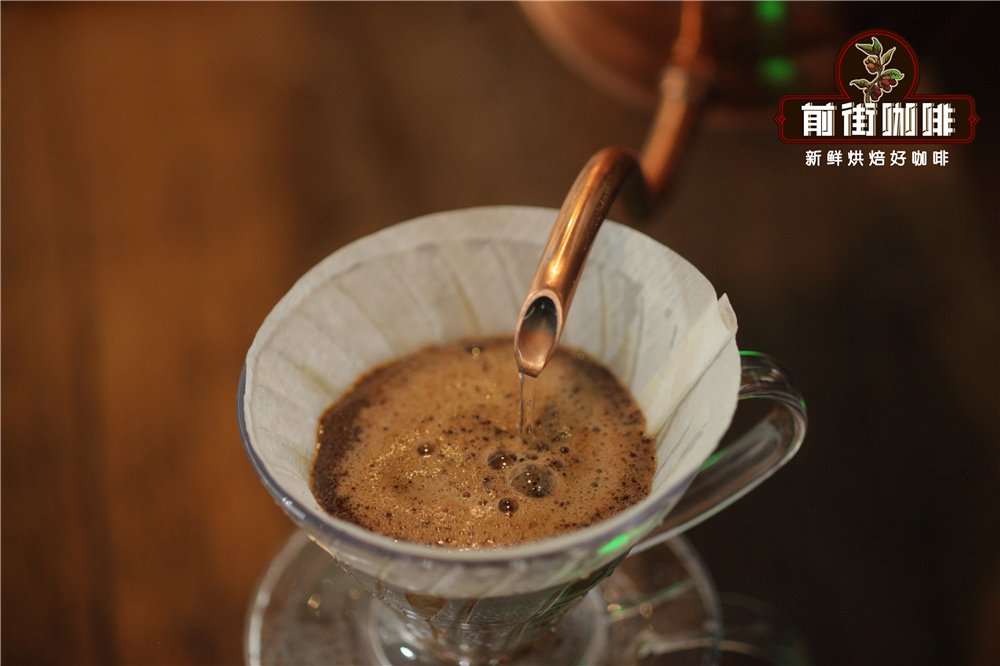
First inject 30 grams of water to wet the coffee powder completely, then pour in a small water flow from the central point and slowly circle until 125 grams are divided into segments, wait for the water level in the filter cup to drop to the point where the powder bed is about to be exposed, the third section of water is also injected from the center, then slowly circle to 225 grams to stop water injection, and so the water in the filter cup drips completely to the sharing pot below, the filter cup can be removed, and the total extraction time is about 2 minutes.
A very important factor in the failure of extraction is the mismatch between the grinding thickness of coffee and the time and mode of extraction. The grinding thickness of coffee can expose all volatile aromatic substances in coffee beans. The grinding thickness will have a great effect on the extraction of your coffee. Friends until the over-extracted coffee is bitter and astringent, it is difficult to swallow, while the underextracted coffee is as insipid as water, sharp and sour, and the aftertaste is too short to talk about.
Although you only need to throw the roasted coffee beans into the water, the coffee begins to be extracted, which takes a long time. However, as we grind the coffee particles finer, the surface area of the coffee particles will be doubled, and the larger the contact area with the water, the more matter that can be dissolved after the water comes into contact with the coffee, and the corresponding extraction rate will increase.

The first and most important point is the degree of grinding. Coffee beans with different roasting levels need to be matched with different grinding. Fine grinding of coffee particles may lead to over-extraction of coffee, leading us to the next important factor in coffee extraction-time. Large particles of coffee powder release flavor more slowly, while smaller particles release flavor faster. For example, when using a pressure pot to make coffee, a long time of soaking and extraction requires coarse coffee powder for extraction; most follicular coffee is fine ground particles in use.
So, how to determine the grinding thickness of coffee? Qianjie divides the hand-washed coffee beans on its bean list into three categories according to the degree of roasting: light roasting, moderate roasting and deep roasting. Qianjie also mentioned earlier that the deeper the roasting of the coffee, the faster the dissolution rate of the coffee, so the thicker the grinding will be used to restrain the dissolution rate. The usual standards for front street are:
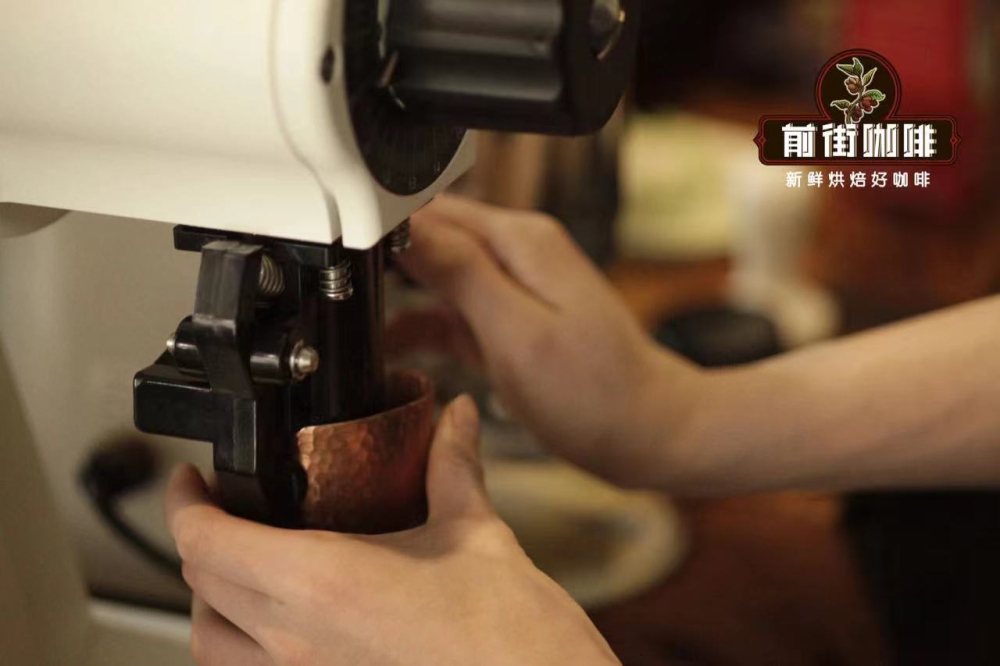
Shallow baking corresponds to the degree of medium and fine grinding, that is, the pass rate of Chinese standard No. 20 screen is 80%.
Medium baking corresponds to the degree of grinding, that is, the pass rate of Chinese standard No. 20 screen is 75%.
Deep baking corresponds to the degree of rough grinding, that is, the pass rate of Chinese standard No. 20 screen is 70%.
The above is the reference standard for hand-brewed coffee only. As the coffee bean grinder on the market has different grinding calibration standards, just like EK43's # 10, how many little Fuji come over? It's hard to have a standard, so Qianjie coffee is tested with a standard sieve before testing or brewing a coffee bean.
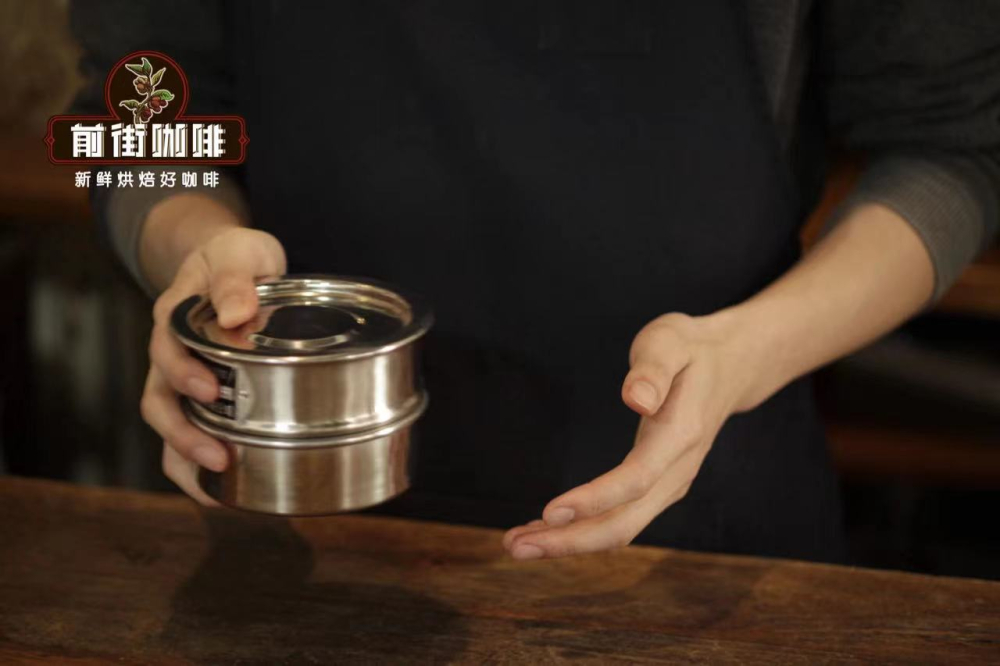
The second point is the freshness of coffee beans. With the passage of time, the longer the storage time of coffee cooked beans, the taste of coffee will change with the passage of time, so the extraction scheme should be adjusted accordingly. In this case, some people like to grind it more finely, while others will increase the amount of powder and adjust it according to the thicker grinding. The former will increase the extraction rate of coffee, while the latter is related to the strength of coffee.

Finer grinding has more coffee particles, which will bring the surface area in contact with water and improve the extraction rate. However, not all flavor compounds are pleasant, so higher extraction rates are not always ideal, and flavors we don't like dissolve the slowest. Therefore, we need to pay attention to controlling the solubility of coffee by grinding scale.
In the extraction of coffee, uniform grinding is very important to avoid uneven extraction caused by the non-uniform extraction time. The deficiency of extraction also includes manipulation. If the method is improper, the movement between coffee powder and water is less active, and the final extraction structure will be changed. Therefore, a cup of extracted coffee is related to many factors, the so-called wrong step by step.
For more information about coffee beans, please follow the coffee workshop (Wechat official account cafe_style) and exchange professional coffee knowledge. Please add Wechat account kaixinguoguo0925.
Important Notice :
前街咖啡 FrontStreet Coffee has moved to new addredd:
FrontStreet Coffee Address: 315,Donghua East Road,GuangZhou
Tel:020 38364473
- Prev
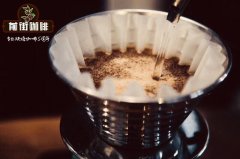
The principle of hand extraction is not a simple hot water flushing which of these factors affect the concentration of coffee.
Professional coffee knowledge exchange more coffee bean information please pay attention to the coffee workshop (Wechat official account cafe_style) front street-hand brewing coffee extraction principle, concentration factor actually the principle of hand brewing coffee is "dissolution" and "diffusion". After roasting, coffee beans will undergo a chemical reaction to produce coffee ingredients that give off the aroma and flavor of coffee, in order to extract these coffee
- Next

How to save the performance of insufficient coffee extraction? the three-knife flow technique of hand-made coffee is highly respected.
Professional coffee knowledge exchange more coffee bean information please follow the coffee workshop (Wechat official account cafe_style) front street-hand coffee extraction when just learning to make coffee, avoid watching too many technical videos, too much guidance will disturb the way of brewing. Instead, start with simplicity, keep the consistency of water injection, and learn how to stew, pour water in stages, and stir.
Related
- Beginners will see the "Coffee pull flower" guide!
- What is the difference between ice blog purified milk and ordinary milk coffee?
- Why is the Philippines the largest producer of crops in Liberia?
- For coffee extraction, should the fine powder be retained?
- How does extracted espresso fill pressed powder? How much strength does it take to press the powder?
- How to make jasmine cold extract coffee? Is the jasmine + latte good?
- Will this little toy really make the coffee taste better? How does Lily Drip affect coffee extraction?
- Will the action of slapping the filter cup also affect coffee extraction?
- What's the difference between powder-to-water ratio and powder-to-liquid ratio?
- What is the Ethiopian local species? What does it have to do with Heirloom native species?

